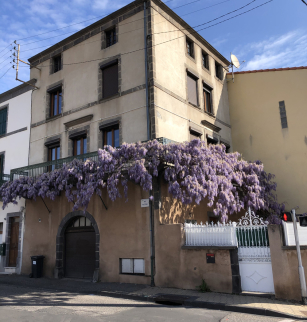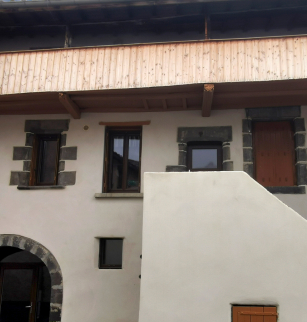Le fort villageois d'Aulnat

In the 14th and 15th centuries, to deal with the dangers related to the Hundred Years’ War (1337-1453) and to protect themselves, the villagers built fortified districts. These fortifications were often built near to a château or a church, as is the case in Aulnat.
The village of Aulnat developed around a motte used as a base for a stately fortress, protected by a wall and ditches. In 1253 the village and the fortress were sold to the bishop of Clermont then left in 1285 to the Clermont cathedral chapter. In 1420 the chapter ordered the Consuls - the village administrators - to have the fortress and ditches repaired. Then from the 15th century, the collective defence was reorganised on the mount around the château: the inhabitants built a ring of lodges, very narrow residences inside the defensive wall, that could be used in the event of danger. They also obtained use of the keep in exchange for a land tax.
Over the centuries the Fort lost its defensive role. The buildings were converted for farming use, especially for wine making, like the many caves still in existence. Today the circular urban form and a wall section on rue du 14 juillet, and the names (rue and place du Fort, rue de La Tour) are evidence of these former fortifications.
Prices
- Free access.













